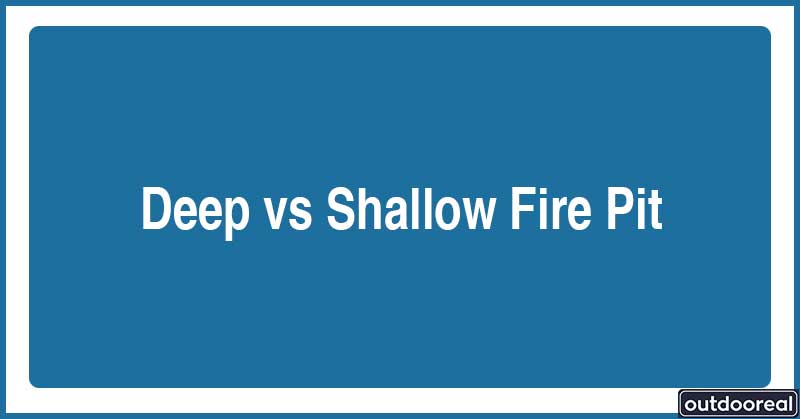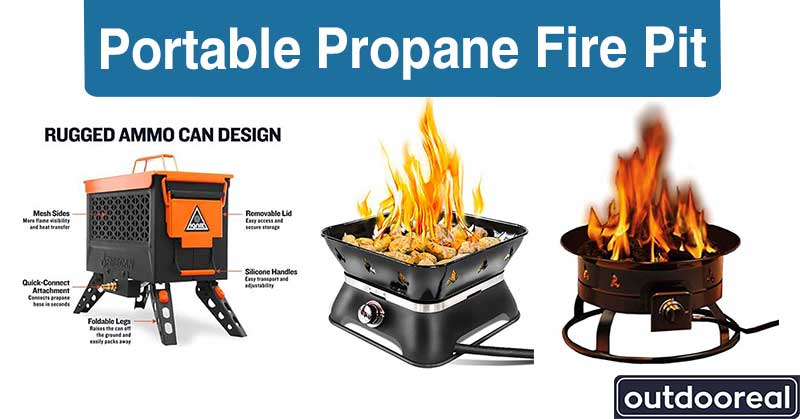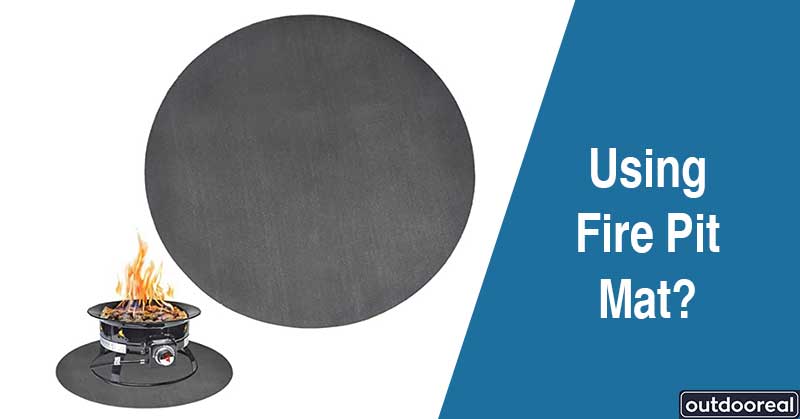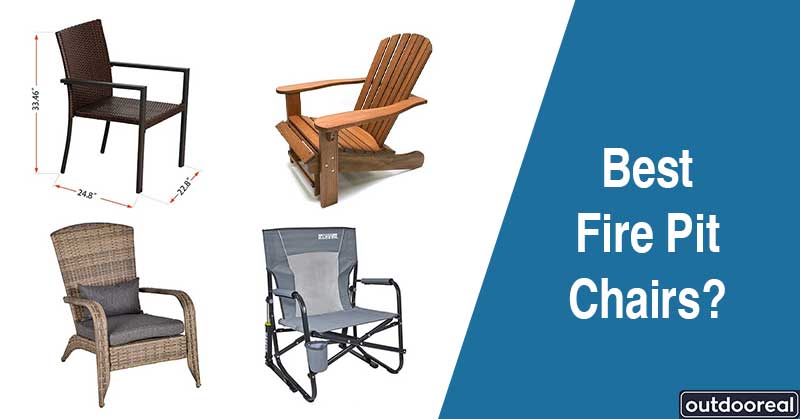Shallow fire pits usually have little depth and look like big flare plates. At the same time, a bottomless fire pit extends far away from a point, significantly downwards. Deep fire pits often look like big curry or rice bowls. A fire pit’s ideal depth is 12-18 inches. However, this depends on how bottomless you want your fire pit to be. The hole is typically 6-12 inches deep when constructing an inground fire pit. This writing will guide the deep and shallow fire pits difference, safety, and usage.

Deep vs. Shallow Fire Pit (Main Differences)-
Topic | Shallow fire pit | |
Depth | More than 38-inch depth and can be placed at 10-18 inches deep in the ground | 28-36 inch depth and usually are placed above ground |
Shape | Big deep bowl or round structure | These fire pits are usually flaring bowl-shaped and have more width |
Type | Mainly fixed fire pits have the most depth and inground structure. However, portable deep bowl-sized fire pits can be placed in the ground | Usually, portable fire pits tend to be shallow and has above ground structure |
Safety | Safer than shallow fire pits due to protection from wind and ember flying | Less safe than deep fire pits, it needs safety precautions, such as a spark screen. |
Heat output | Deep or inground fire pits provide nice warm fire but lesser fire exposure than shallow fire pits. | Shallow fire pits, due to their flat, open structure, provide an excellent heat output |
Kid and pet friendliness | Dangerous for kids and pets. | Comparatively safer for children and animal |
Is Deep Fire Pit Safer than Shallow Fire Pit?
If you compare deep and shallow fire pit structures, the answer is, ‘Yes’! You may have wondered whether a bottomless fire pit is better or not, and here are some interesting facts about a bottomless fire pit that will surprise you. An enormous bottomless fire pit is preferable for two reasons:
- a) Safety: Because bottomless fire pits keep the fire lower than the surface, it comes into contact with surface furniture, dry leaves, and debris that can come flying from anywhere. This reduces the likelihood of an unanticipated fire disaster. Furthermore, if the base and texture are not smooth and level, the fire pits on the surface have a greater chance of tipping over and catching fire. However, a bottomless fire pit, on the other hand, has no risk of tipping over at all.
b) Maintaining an intense fire: Because the fire pit is several inches below the surface, the fire does not readily catch the wind, allowing it to burn effectively and smoothly. As a result, you don’t have to be concerned about the wind blowing out the flame.
Is a Shallow or Deep Fire Pit Better?
The ultimate answer is your choice and maintenance when determining the better between a shallow or deep fire pit. A shallow fire pit usually looks very beautiful and modern. It goes well with the new geometric decoration styles. And more bottomless fire pits are more classic and give a traditional vibe. When comparing deep and shallow fire pits, a bottomless fire pit is way better for having a safe and friendly fire.
The reasons why deep fire is better than a shallow fire pit:
- Deep fire pit tends to hold fire in a protected way due to its wall. Therefore, wind or sudden gusts do not affect it easily.
- For shallow fire pits, it’s pretty much common to have flying embers or sparks, as it does not protect the embers from flying. Which alone can be a significant safety issue.
- Deep fire pits usually have excellent hold and stability; they have little chance of tipping over; on the contrary, shallow fire pit struggles with the strength of their spread body on the ground or uneven surface.
- In case of heat damage, shallow does more damage because it has less bottom. While the deep fire pits usually have their bottom filled with base materials, such as stone, gravel, lava rocks, etc.
However, if you use leg stands with a shallow fire pit, the stability will not be an issue; instead, it will look nice, and a spark screen decreases the chance of flying embers or sparks. So, if you like shallow fire pits and their design, take the corrective safety measures and enjoy them with your dear ones.
Are Sunken Fire Pits Warmer?
A sunken fire pit offers excellent warmth, unlike an above-ground fire pit. To enjoy the full heat of the fire, you should arrange the seating lower than usual. It can create a cool-air ambiance for those who do not want the full blast of a traditional fireplace. A sunken fire pit retains heat well and usually burns for a long time.
Should I Dig My Fire Pit Into the Ground?
Digging some inches for placing the fixed or portable fire pit is friendly and safe. But you first need to check whether your yard can be searched or not. If there are land digging restrictions, it’s better to go with an above-ground fire pit. You can explore the fire pit hole ten to eighteen inches into the ground. It would be best if you also angled all sides with a shovel to look like a flat-bottomed bowl. Also, consider the size of your fire pit before digging because you can not dig 18 inches for a small-sized fire pit. For a DIY fire pit, building 16-18 inches is fine as they tend to be in ground fire pits.
What is Better in-ground or above-ground Fire Pit?
In-ground fire pits are often better and safe than an above-ground fire pits. Because they are smaller and contain flames better than above-ground fire pits, in-ground fire pits are often safer. Sunken fire pits pose fewer dangers because embers or sparks are less likely to spread. When the fire is below ground, there are fewer dangers from nearby combustibles like a leaf, dry lawn, etc. However, in-ground fire pits can be more dangerous to children and pets. Usually, fixed fire pits are built in-ground, and portable fire pits have fewer options to be in-ground, so do not worry if you have an above-ground fire pit. Taking adequate safety measures and knowing the maintenance will let you thoroughly enjoy an above-ground fire pit safely. Though, if you insist on having a safer fire, you can dig some inches and solid it with a concrete slab, where you can put the portable fire pit in use.





